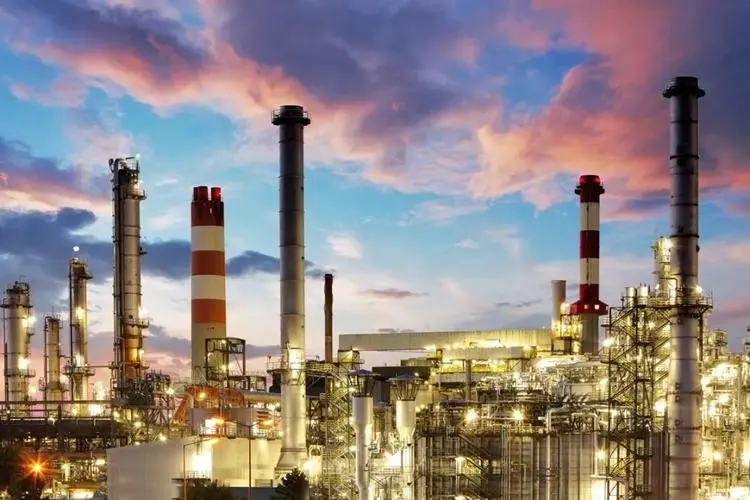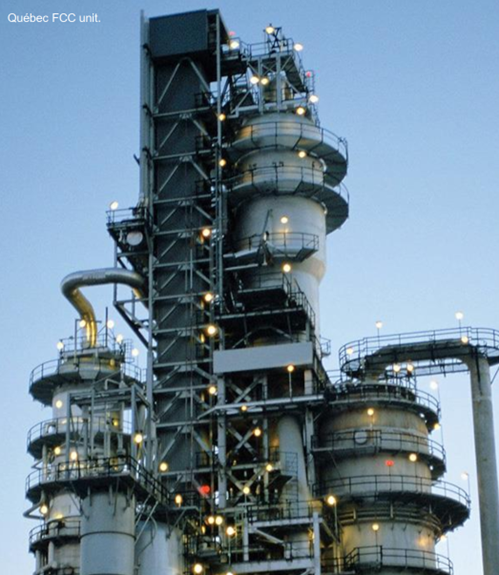JPX Energy Market Updates(Jun. 13, 2022)
Oil prices maintained their gains last week, with JPX Dubai, ICE Brent and NYMEX WTI rising for the fourth week in a row as refiners around the world continued to ramp up operations in response to tight fuel market conditions. Intermonth spread of these crude oil benchmarks largely remain steady with IEA emergency reserves making their way to the market. In some region, a severe shortage of middle distillates, especially diesel, has already put a lot of constraints on consumers and businesses. At the same time, major global oil refining centers are below peak processing levels, undermine the effort by world governments to lower prices by releasing crude from reserves.
In the United States, the national average for gasoline reached $5/gal last week, but demand from drivers seemingly undeterred by high pump prices. According to the EIA’s data, US product supplied for the week ending June 3rd totaled 20,227 thousand barrels per day, Among the oil product, finished gasoline demand reached around 9200 thousand barrels per day, which represents the highest level since April 2020. Product supplied data provided by the EIA show the quantity of petroleum products supplied for domestic consumption. This gives us the implied oil demand. One of the most impactful on US gasoline supply was the disruption caused as traders shied away from Russian diesel since March, which took over 500,000 b/d of supply from Europe. As refiners and oil traders increase their diesel exports to Europe to replace these Russian barrels, US Gulf Coast diesel cracks skyrocketed, the refiners then intend to maximizes the yield of diesel at a time when they normally would be transitioning into building gasoline stocks to prepare for the summer driving season. In addition, the recent tightness of gasoil in South America also increases the demand for US diesel export. Another reason for lower supply from the US is a 900,000 b/d reduction in overall operable refinery capacity since early 2020. According to the EIA’s latest STEO released last week, US refineries are expected to run flat out near the highest levels in the past five years, with run rates averages 94%, while total feedstock inputs will average 16.7 million b/d during the third quarter. This average is lower than the 2019 refinery inputs average of 17.3 million b/d.
In Europe, gasoline cracks more than tripled to $45/bbl while diesel prices have reached 182.5$/bbl last week, the second highest level since the Russia-Ukraine war began. Despite the increase in diesel imports, diesel crack spread is still hovering around high point of the year. European refiners are grappling to keep run rates elevated in order to meet resurgent oil demand, exacerbated by a lack of investment and lack of feedstocks despite very high margins. In addition to the finished product, Russian refineries are major producers and exporters of gasoil and fuel oil. These heavy feedstocks are crucial for processing in the secondary units of complex refineries. Some refineries, which were until recently, very reliant on Russian feedstocks, have to purchase from other sources, some refineries were also facing more logistical delays which was further complicating the situation. Besides, many refineries in Europe had cut investment costs in the past few years, which meant these plants cannot process at their full capacity for a long period of time.
In Asia, recent bullish sentiment was supported by easing COVID-19-related restrictions in China and strong buying interest from Indonesia and Malaysia. On the supply side, despite record export margins spurred by demand recovery and disrupted Russian supplies, China has curbed its fuel exports especially of diesel and gasoline, largely maintaining a broad policy implemented in late 2021 to limit excessive domestic refining in order to reduce carbon emissions. China has released a 4.5 million tons of additional quotas on oil products exports last week, in view of still weak domestic demand and high stockpiles at oil giants. Up to now, China has granted on a total of 17.50 million tons oil product exports, still relatively low compared with last year, According to data from local agencies, Chinese refineries weekly run rates rebound from two-year low, but refineries throughput recovery is more likely to be limited as the ongoing COVID control policy may cap domestic demand growth.
Since late April, global demand for clean oil product has contributed to the widening of the price gap between light sweet crude and sour crude. Feedstock availability and cost will be the key focus as crude and natural gas markets remain tight. The recent widening of light sweet crude supply disruptions from Libya also put a pressure on the spread between JPX Dubai and ICE Brent and Chinese crude demand remains an uncertain factor for the spread.
In the medium-term, oil market is and will still be facing headwinds from inflation concerns. What we need to notice global oil demand is showing the characteristics of a staged structural recovery, most of the increase comes from fuel demand damaged by the pandemic, however petrochemical sector that was supposed to dominate oil demand growth over the medium term remain weak recently, petrochemical margins have turned negative as feedstock prices surge and demand weakens for downstream consumer products due to economic headwinds, this can be seen in the weakness of naphtha crack spreads. As inflation data continues to soar, it’s becoming more likely that demand destruction rather than supply is the way to cool down the oil price.




